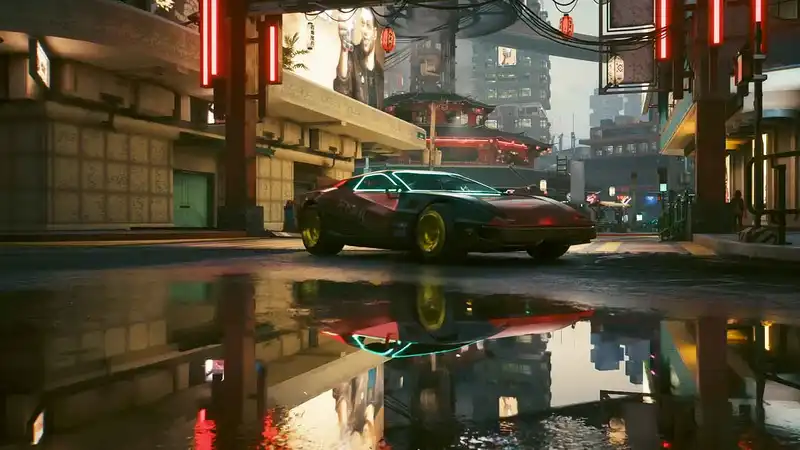Microsoft's research department is working hard to make ray tracing a more accessible feature for future games. A new patent by one of the team's senior architects describes how a similar approach to texture level of detail (LOD) applications can be used to reduce the memory and cache load of the bounding volume hierarchy (BVH), a structure used to accelerate ray tracing The paper describes how to reduce the
Microsoft's Xbox console will be the main beneficiary of this technology, while AMD's traditionally ray-tracing-unfriendly GPUs and graphics cards not blessed with large amounts of VRAM are also potential winners.
As with all such patents, the details are complex, but so is the range of possible uses. The author of the patent, Mark Grossman, is a senior architect specializing in chip development in Microsoft's research department and has had a long and distinguished career in the GPU field (starting at Silicon Graphics, then ATI Technologies, AMD, and finally Microsoft)
He has been a member of the board for the past three years.
Last year, a patent was approved to reduce the memory footprint of meshlets, which are small groups of polygons used in mesh shaders. His latest patent (via Tom's Hardware) follows much the same format. To speed up the process of ray tracing, the game uses a BVH structure, which is like a flowchart of the volume occupied by objects in the 3D world. the BVH consists of a large overall map, called the top-level acceleration structure (TLAS), and several smaller bottom-level maps (BLAS).
In Cyberpunk 2077, the average size of a TLAS is about 15-20 MB, but the total BLAS is many times larger than this, ranging from a few hundred to several thousand megabytes. This is not much of a problem if the graphics card has 16 GB or more of VRAM, but if it has 8 GB or less, it is understandably a problem. And this is especially true for consoles with shared memory pools.
Microsoft technology avoids using the entire BVH at once. Instead, small chunks are used at a time, and the details of this use and the part of the BVH in question (called the node) are stored in two lists in the GPU's memory. For each successive frame, the ray-tracing algorithm updates these lists so that only the nodes that need to be used in the scene (the rest are either invisible or not worth using) are stored in VRAM.
Note that this system not only offloads the graphics card memory and GPU cache, but also reduces the amount of ray tracing checks that need to be performed. There is no need to constantly traverse the entire BVH structure to see which rays are interacting with which objects, only those in the list (called resident maps and recording maps) need to be checked
. [This is because, unlike Nvidia's GPUs, AMD's graphics processors do not have dedicated hardware to accelerate the traversal process. Instead, everything is handled by compute shaders. Both companies have specialized units that test for raybox and ray-triangle intersections, so these checks are very fast, but RDNA 2 and later GPUs spend a significant amount of time processing BVH. However, RDNA 2 and later GPUs spend a significant amount of time processing BVHs.
Thus, all this work benefits Xbox, but also benefits gaming PCs with Radeon graphics cards with RDNA 2 or RDNA 3 GPUs.
It is very complicated, and no doubt oversimplified, but what the best gaming PCs and consoles have in abundance is computing power. Therefore, it makes sense to take advantage of those that include a lot of extra, but basic, computation while also reducing the load on memory and ray tracing.
Although Microsoft's patent primarily targets improved ray tracing performance on the Xbox Series X consoles, it is not specific to any particular hardware, so the technology can be implemented on any platform. In other words, if you have a mainstream graphics card like a GeForce RTX 4060 or Radeon RX 7600, you may have a chance to enjoy ray tracing in your games in the not-too-distant future.
.

Comments